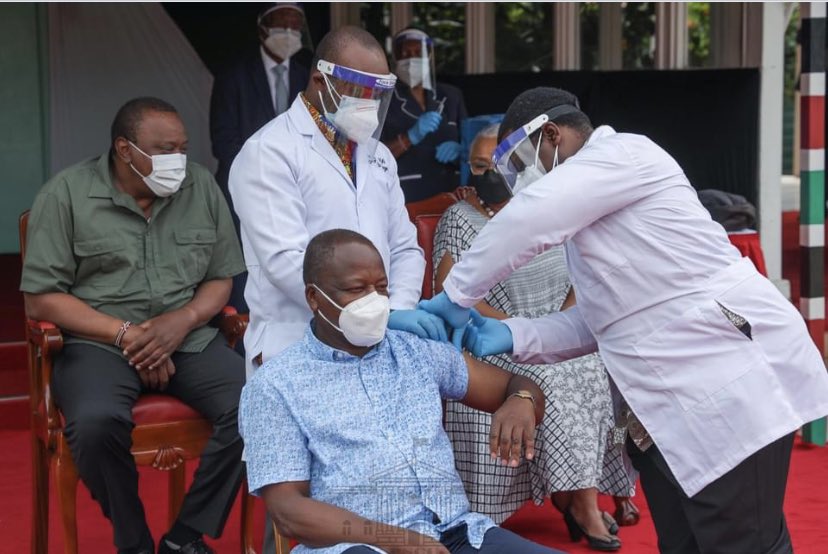Kenya’s economy on track to pre-Covid health, says agency
By People Team, September 20, 2021Kenya’s economy will resume its long-term growth curve next year which has averaged at 5 per cent in the last decade backed by an ambitious vaccination drive, Fitch Solutions, a leading provider of credit ratings has said.
According to Fitch, the economy will grow at 4.4 per cent in 2021 and 5.2 per cent in 2022 despite Covid-19 concerns, driven by a rebounding private consumption as government spending suffers due to high public debt.
“At Fitch Solutions, we retain our forecast that Kenya’s real gross domestic product (GDP) will expand by 4.4 per cent in 2021, after a mild contraction in 2020,” it says in its latest Kenya economic update.
The growth projections are partly based on government’s hopes of having 26 million people vaccinated by the end of 2022, more than doubling an initial target of vaccinating 10 million people by June 2022.
“While this target is unlikely to be attained due to logistical challenges and vaccine hesitancy, we expect the country’s vaccination programme to gather speed in 2022, as developed countries donate spare vaccine doses,” the report says.
Kenya has received 1.2 million doses, solely from US and UK while other countries also continue to donate vaccines.
Fitch believes this will allow a further easing of restrictions, contributing to a further uptick in private consumption growth to a forecast 5.3 per cent in 2022.
Heavy public debt
Government spending will, however, be limited due to heavy public debt burden as the government continues with fiscal consolidation efforts as part of a three-year financial programme approved by the IMF in April 2021.
“As a result, we expect moderate growth in government consumption (4 per cent and fixed investment (4.6 per cent) in 2022, meaning that private consumption will be the key driver of stronger GDP growth next year,” the report adds.
Demand for imports will continue to strengthen, as domestic economic conditions improve, while exports will continue to lag behind.
According to data on rebased national accounts released on September 9, real GDP shrank by 0.3 per cent in 2020 against a previous Fitch estimate of 0.1 per cent growth.
The economy exited recession in the last quarter of 2020, expanding by a tepid 1.2 per cent year-on-year.
While sectors such as accommodation, transport and “other services” continued to contract, robust growth in the construction 16 per cent, mining 9.2 per cent, information and communication 7.6 per cent, and agriculture (5.8 per cent) sectors contributed to the economic recovery.
The growth, according to Fitch, is expected to accelerate further over the remainder of 2021, boosted by low-base effects from last year though Covid-19 will continue to pose some headwinds to domestic demand in 2021.
The government tightened lockdown restrictions between late March 2021 and early May during the third wave of infections.
As a result, Kenya’s Purchasing Managers’ Index dipped to a one-year low of 41.5 in April before recovering to 52.5 in May and remaining above 50.0 since then.
Given the country’s sluggish vaccine roll-out, (only 3.8 per cent of the population has been partly or fully vaccinated as of September 7). Restrictions are expected to persist over the remainder of the year, weighing on economic recovery.
Lockdown measures
“That said lockdown measures will remain looser in 2021 compared to the stringent lockdown in place in 2020, contributing to a moderate recovery in consumer and business activity this year,” the report says.
“We forecast below-trend private consumption growth of 4.9 per cent in 2021, adding 3.8 percentage points to headline growth,” it adds.
More Articles

